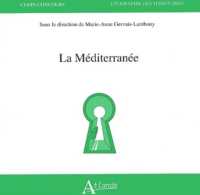- ホーム
- > 洋書
- > 英文書
- > Science / Mathematics
Full Description
The habitats of most species have been fragmented by human actions, isolating small populations that consequently develop genetic problems. Millions of small, isolated, fragmented populations are likely suffering from inbreeding depression and loss of genetic diversity, greatly increasing their risk of extinction. Crossing between populations is required to reverse these effects, but managers rarely do so. A key reason for such inaction is that managers are often advised to manage populations in isolation whenever molecular genetic methods indicate genetic differences among them. Following this advice will often doom small populations to extinction when the habitat fragmentation and genetic differences were caused by human activities. A paradigm shift is required whereby evidence of genetic differentiation among populations is a trigger to ask whether any populations are suffering genetic problems, and if so, whether they can be rescued by augmenting gene flow. Consequently, there is now an urgent need for an authoritative practical guide to facilitate this paradigm shift in genetic management of fragmented populations.
Contents
1: Introduction
Section I
Genetic problems in small isolated populations and their remedies
2: Evolutionary genetics of small populations
3: Inbreeding and loss of genetic diversity increase extinction risk
4: Population fragmentation causes inadequate gene flow and increases extinction risk
5: Genetic rescue resulting from gene flow
Section II
Making genetic management decisions
6: Appropriate delineation of species for conservation purposes
7: Are there populations suffering genetic erosion that would benefit from gene flow?
8: Managing gene flow among isolated population fragments
9: Global climate change increases the need for genetic management








